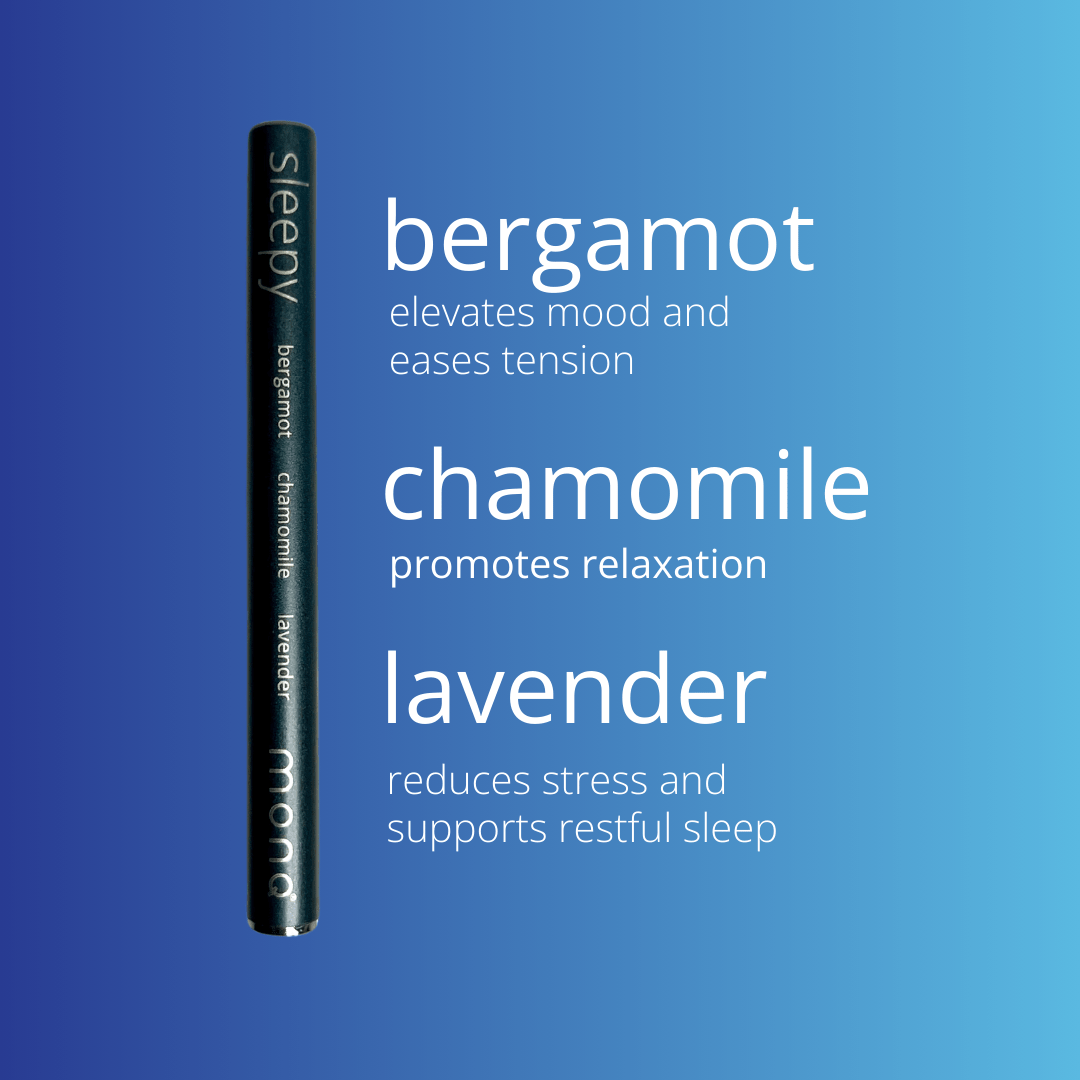Fenchone: Nature's Aromatic Marvel

Step into the fragrant world of fenchone, a multifaceted molecule that boasts both monoterpene and ketone tags. A clear, aromatic liquid reminiscent of camphor's scent, fenchone finds its home in diverse natural sources like fennel and absinthe. But beyond its olfactory delights, this compound is a favorite in the world of flavors, fragrances, and even holistic well-being.
Fenchone's Origins
Predominantly present in fennel, fenchone's aromatic allure isn't limited to this plant alone. It's also found dancing through the fragrances of Spanish lavender, thuja, cedarwood, and the exotic African wild sage. No wonder this nature's gem is so coveted in perfumery!
Delving Deeper: The Science Behind the Scent
Fenchone, a bicyclic monoterpene ketone, is part of a family of compounds characterized by ten carbon atoms with at least one double bond. Essential oils, teeming with monoterpenes, require gentle care; they're sensitive souls that might react to air and heat. A typical essential oil rich in these monoterpenes, like the ones you might diffuse to uplift your living space, could remain potent for anywhere between six months to three years.
Then there are the ketones, renowned for supporting rejuvenation at a cellular level. Essential oils with a high ketone content might stay fresh for three to five years, adding a sense of timelessness to their allure.
Nature’s Toolkit: Potential Benefits of Fenchone
-
Natural Protective Barrier: Some studies have hinted at fenchone's potential to support the body's natural healing processes. However, always consult with a healthcare provider before considering its topical application.
-
Friend or Foe to Insects: Research has explored fenchone's potential as a natural insect deterrent, albeit with varying degrees of success. It might offer temporary respite but might not pack the same punch as commercial repellents.
-
A Hint of Relief: Preliminary studies on animal models have peeked into fenchone's potential soothing qualities, sparking curiosity about its implications for human use.
-
Guarding Against Unwanted Guests: Some investigations into cedar leaf essential oil, which contains fenchone among other components, suggest it might play a role in managing yeast formations. As always, deeper and broader research is key before drawing any solid conclusions.
A Dash of Fenchone in Daily Delights
Fenchone's versatility stretches beyond nature. Since the 1930s, its synthetic counterpart has added flavor and fragrance to a range of products, from soaps and lotions to delectable candies and beverages.
For those exploring the world of Cannabis, fenchone is a familiar name. It amplifies the plant's flavor and aroma, bringing an earthy, woody touch with a minty, musty undertone.
If you're looking to embrace the aromatic wonders of fenchone, consider incorporating cedarwood essential oil, which boasts this terpene, into your wellness regimen. Whether you apply it topically (after seeking expert advice) or indulge in its scent via diffusers, the essence of fenchone is sure to enchant.
Quick Facts about Fenchone:
- Classification: Bicyclic monoterpene ketone
- Chemical Formula: C10H16O
- Molar Mass: 152.237 g/mol
- Melting Point: 5–6 °C
Final Thoughts
Fenchone's multifaceted nature, spanning the realms of aroma, flavor, and well-being, underscores nature's ability to surprise, delight, and inspire curiosity. As we continue to explore its potential and mysteries, one thing's clear: fenchone's aromatic dance is one we'll be watching with keen interest.









Leave a comment